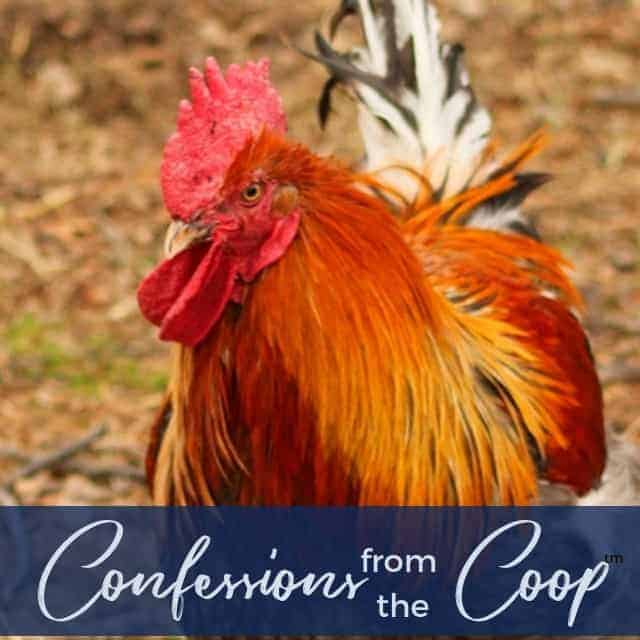Growing up, we didn’t use natural Easter egg dyes to celebrate the holiday.
Instead, we used those chemical dyes you can buy at the grocery store.
As I’ve learned more and more about the negative impact commercial dyes can have on our bodies, we’ve switched to using all natural Easter egg dyes that we can make in our kitchen.
Think about it – do you really want your kids handling and eating an egg that has been soaking in commercial dye made from unpronounceable ingredients? Of course not.
It’s really simple to make these non-toxic egg dyes, and you probably already have all these ingredients on hand (or you can very easily source them before Easter.)
These all natural Easter egg dye recipes will create a beautiful basket of Easter goodies with subtle, yet rich shades and hues.
Your eggs will not have the solid, consistent color of those made with commercial dyes. Instead, every egg will be different, with a cool, mottle, muted, almost marbled effect all the way around.
Kids love them!
The following recipes will help you create your own Easter egg dyes from natural ingredients you probably already have in your home.
But before we make our all natural Easter egg dyes:
A few words of caution:
- Boil eggs ahead of time
- Boil a few extra in case of accidental drops or cracked shells
- Use a slotted spoon to carefully remove the egg from its dye
- After removing an egg from the dye, let it rest and dry before handling (the colors will dull into beautiful pastels – this is normal!)
- Keep a close eye on the children while they handle hot eggs (or let each egg cool before placing it in the dye)
- Use vinegar to help set the Easter egg dye
Lavender-Grey
Mix 1 cup of frozen blackberries with 1 cup of water. Bring to room temperature, and remove the blueberries.
Pale Blue
Cut half a head of red cabbage into chunks and add to 5 cups of boiling water. Add 2 tablespoons of white vinegar. Boil 10 minutes, then remove from heat. Strain out cabbage and add eggs. Soak each egg individually for 30 minutes.
Deep Blue
Soak each egg individually in the above cabbage dye overnight.
Duck Egg Green
Peel the skin from 6 red onions and simmer in 2 cups of water for 10 minutes; strain. Add 1 tablespoon of white vinegar.
Gold
Take the outer papery skins of 6 yellow onions and simmer in 2 cups of water for 10 minutes (reserve the rest of the onion for something else). Strain and add 1 tablespoon white vinegar. Soak each egg for 20 minutes.
Deep Orange
Take the outer papery skins of 6 yellow onions and simmer in 2 cups of water for 10 minutes (reserve the rest of the onion for something else). Strain and add 1 tablespoon white vinegar. Soak each egg in dye mixture overnight.
Light Brown
Make a cup of espresso as normal. Add 1 tablespoon vinegar, and soak each egg until desired color.
Pink
Mix 1 cup of pickled beet juice with 1 tablespoon of vinegar. Soak egg until desired shade.
Grey
Mix 1 cup pure grape juice (NOT grape flavored apple juice – look at the label) and 1 tablespoon of vinegar.
Side note: You might read elsewhere on the internet that you can use grape juice for purple. We tested it out and while our eggs were a beautiful grey, but definitely not purple.
For purple eggs, test out a pink egg (soaked in pickled beet juice overnight) then dipped in red cabbage dye for 15 minutes (if not purple yet, put back into dye and check every 5 minutes).
Pale Yellow
Stir 1 tablespoon turmeric into 1 cup of boiling water; add 1 tablespoon of white vinegar.
Carefully place eggs in the dye for 30 minutes.
Something to remember about natural Easter egg dyes!
The gorgeous eggs you create last until you eat them, but the dyes are only potent for a few hours, so use them as soon as possible after mixing them together.
Try using masking tape and stencils to create geometric shapes, fun designs, and initials.
Hint: Initials are a creative way to keep the kids from fighting over at least a few of the eggs!
There you have it. Safe, all-natural, chemical-free dyes that produce eggs that are as safe to eat as they are lovely to look at. Gather your kids and go have fun!
I’d like to hear from you!
Will you make all natural Easter egg dyes this season? What colors? Leave a comment below!
Maat van Uitert is a backyard chicken and sustainable living expert. She is also the author of Chickens: Naturally Raising A Sustainable Flock, which was a best seller in it’s Amazon category. Maat has been featured on NBC, CBS, AOL Finance, Community Chickens, the Huffington Post, Chickens magazine, Backyard Poultry, and Countryside Magazine. She lives on her farm in Southeast Missouri with her husband, two children, and about a million chickens and ducks. You can follow Maat on Facebook here and Instagram here.







I use to make “natural egg dye” when my daughters were little (1983). The herb “Tansey” makes a beautiful GREEN!